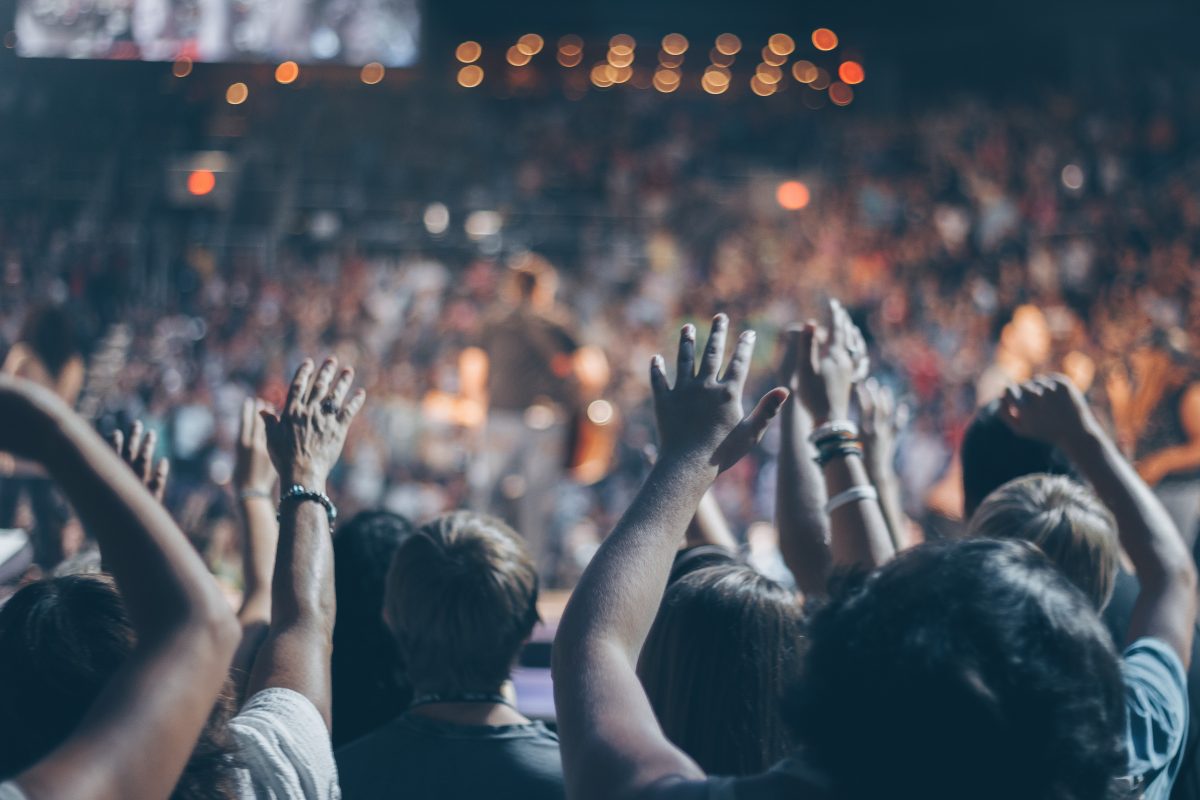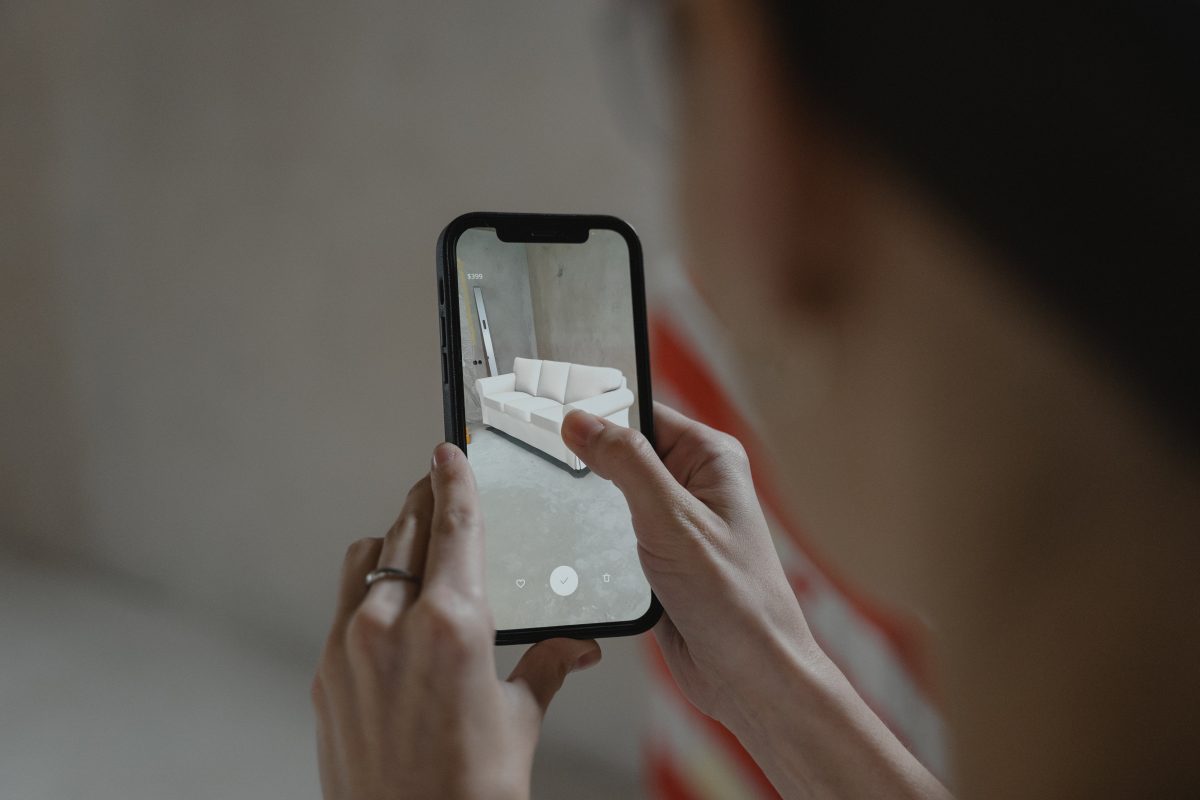With the return of live events after COVID regulations ended, the ticket fraud came back. Tickets for concerts, football matches, and other live events are regularly sold second-hand on website like Ticketswap. There are multiple problems caused by this second hand ticket market. Web3 and specifically NFTs offer a potential solution for these problems.
First of all, second hand tickets can be sold for a way higher price than set by the artist and promoter of a concert. This surplus in money spent by consumer does not benefit the artis or organizer, but goes into the pocket of a middleman who has no contribution to the event. At the expense of the artist. A second problem is that this higher price also could affect the satisfaction of visitors. For example, if consumers pay €80 for an event, instead of the original €50, they expect €80 worth of value, but only receive €50 worth of value. This could potentially leave visitors dissatisfied (Katz, 2022).
A third problem is the fraud with second hand ticket sales. If you buy a ticket from a middleman, you cannot guarantee the authenticity, or that someone else will buy the exact same ticket. This can cause a lot of people disappointed if they can’t get in. One of the most recent examples is the Champions League final in Paris from earlier this year. Police had to deploy teargas to disperse the crowd of people who couldn’t get in because of fake tickets (Katz, 2022).
How can Web3 help?
Web3, and especially non-fungible tokens (NFTs) can help because every transaction is fully disclosed in the blockchain. In the future, every ticket would be an unique NFT that visitors own. These transactions and ownership status cannot be falsified. This allows artists to see how their tickets are being sold, and visitors to verify the ticket as unique. Artist can determine themselves if they want it to be possible to resell their tickets/NFTs. This will overcome the problem of disappointed because they bought a fake ticket. There won’t be any disappointed fans at the gates who cannot get in! I think there is a huge opportunity for the industry to adopt this technology. The industry is struggling with the problems described above, it has impact on their financial results, and also the satisfaction of their visitors.
Reference
Katz, J., 2022. How Web3 is reducing concert ticket fraud and helping artists and fans [WWW Document]. URL https://forkast.news/web3-reduce-concert-ticket-fraud-helping-artists-fans/ (accessed 9.22.22).


